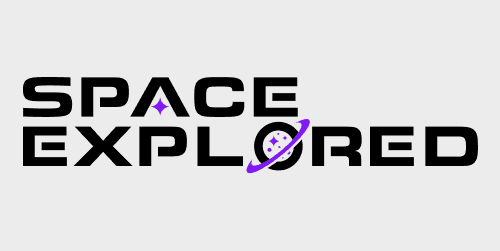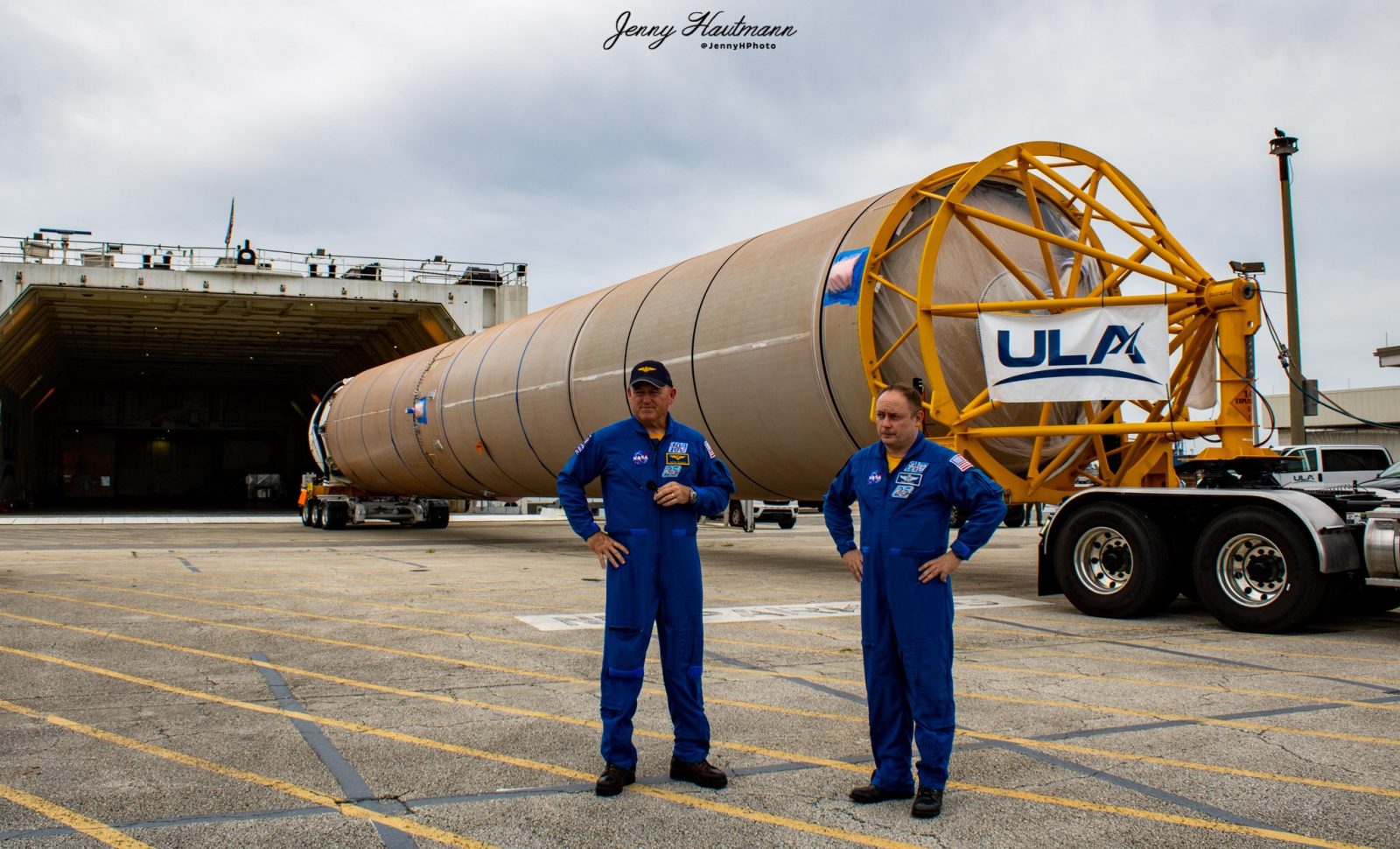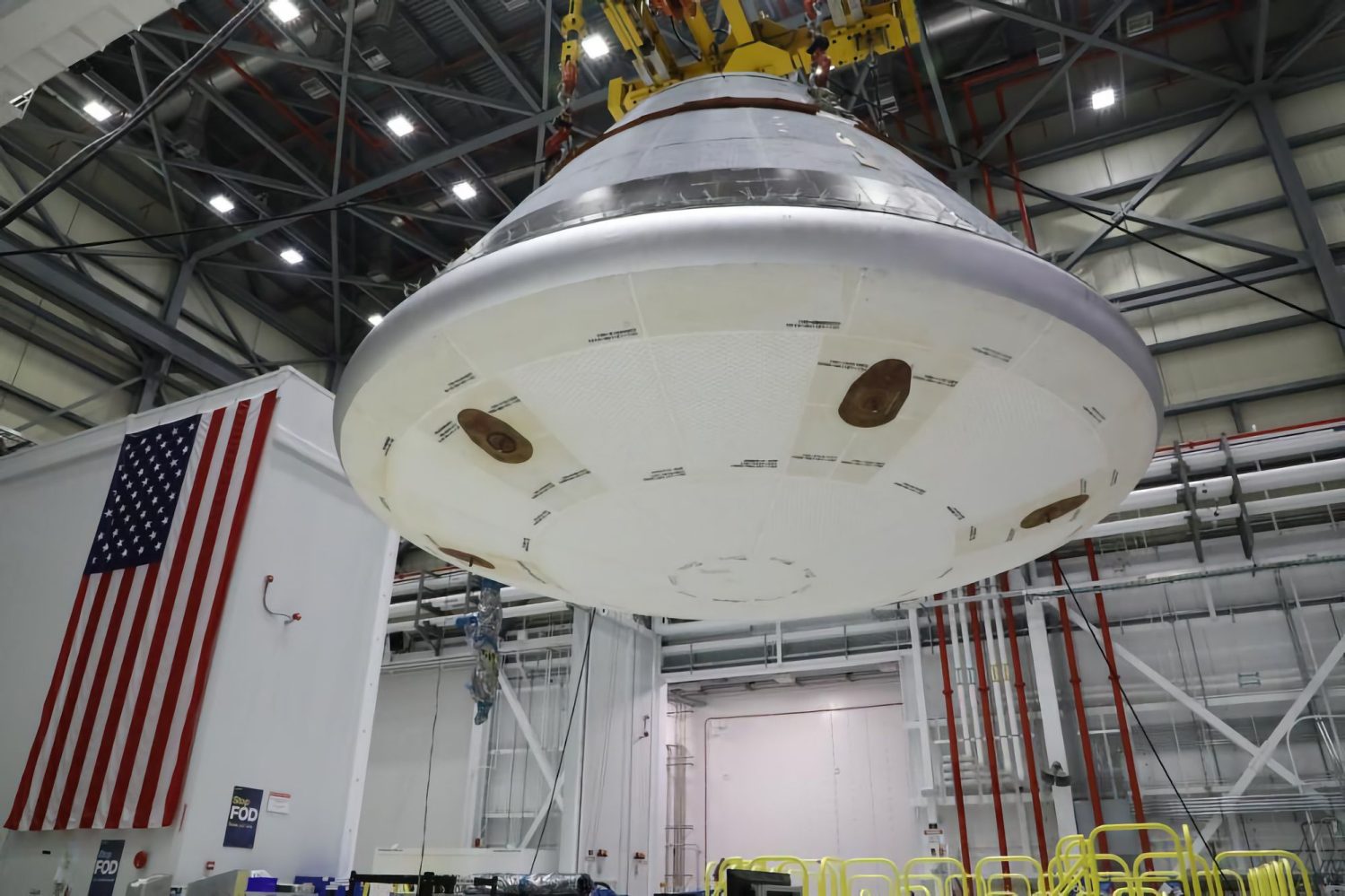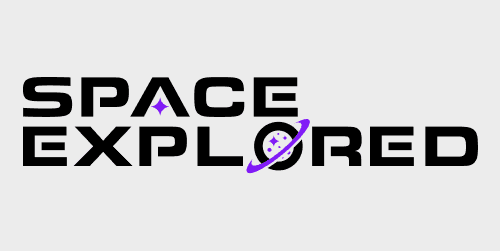Starliner
Designed for researchers and adventurers alike

The Boeing CST-100 Starliner is a reusable crew capsule designed to transport crews to the International Space Station (ISS) and other private space stations. Starliner can accommodate up to seven passengers or a mix of crew and cargo. The spacecraft can be reused up to ten times.
Starliner is slightly larger than the Apollo command module with a diameter of 15 feet. It is designed to be compatible with the Atlas V, Delta IV, Falcon 9, and Vulcan Centaur launch vehicles.
In 2010, Boeing was awarded $18 million by NASA for the preliminary development of Starliner. In the following years, NASA would continue to award Boeing with more money as it continued its Commercial Crew Program. As part of that program, Starliner embarked on its maiden voyage, Starliner Orbital Test Flight, an uncrewed flight to the ISS. Unfortunately, due to software glitches, Starliner had to return to Earth, never reaching the ISS. Boeing continues to develop the spacecraft for future crewed flights.



